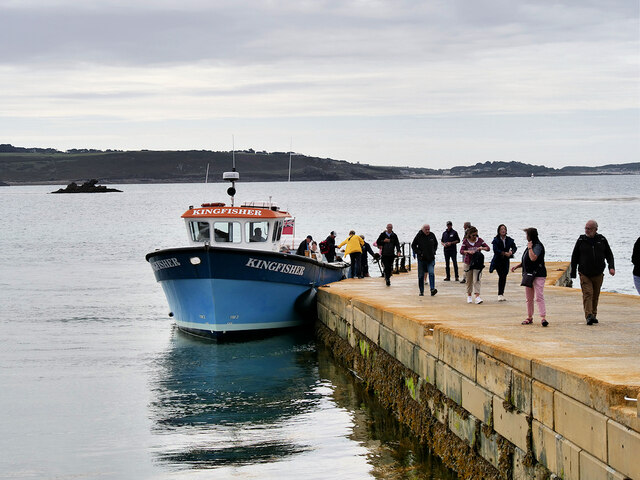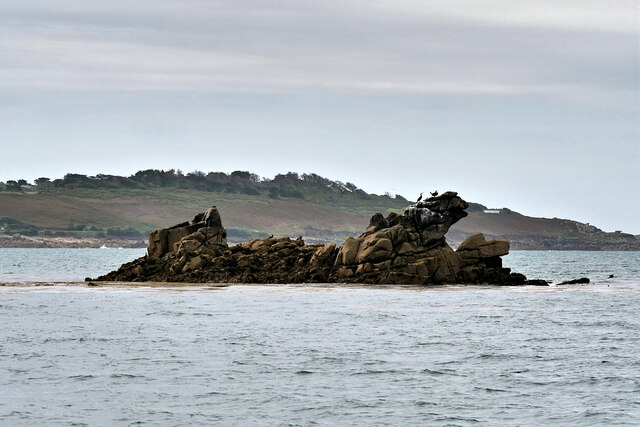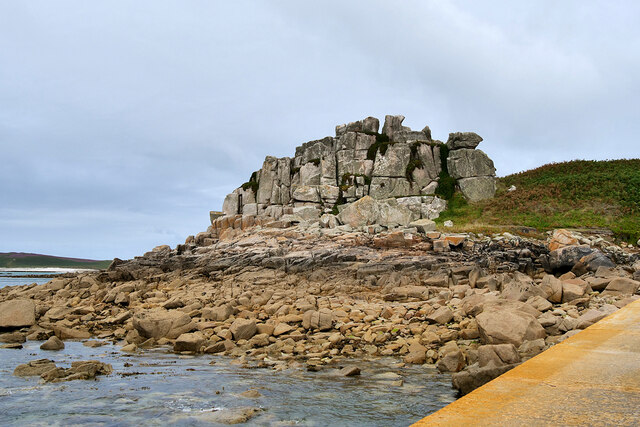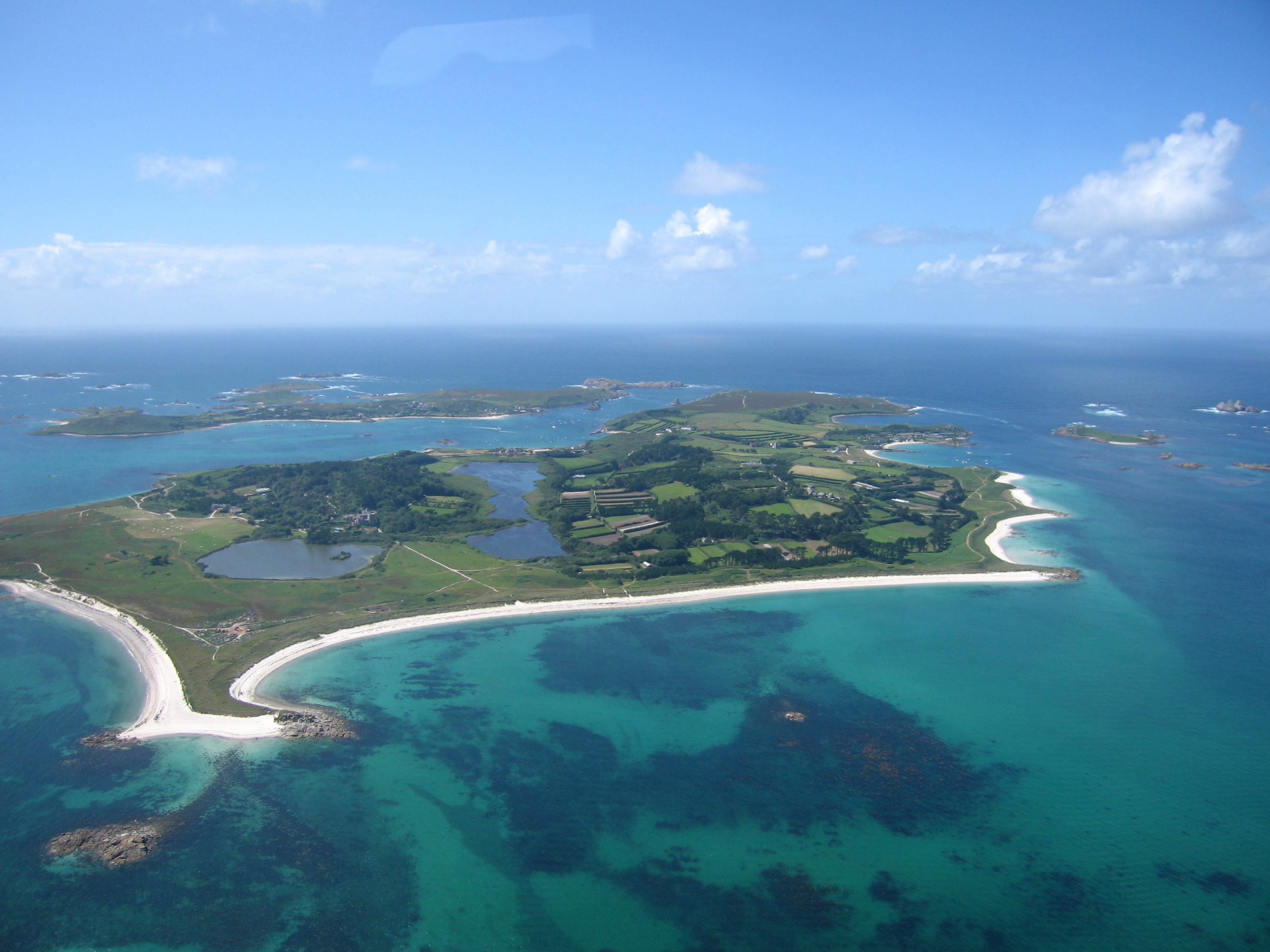Appletree Bay
Bay in Cornwall
England
Appletree Bay

Appletree Bay is a picturesque coastal area located in Cornwall, England. Situated along the southwestern coast of the county, it is known for its stunning natural beauty and tranquil atmosphere. The bay is nestled between rugged cliffs and rolling hills, offering breathtaking views of the surrounding landscape.
The bay itself is characterized by its sandy beach, which stretches for approximately half a mile. The soft golden sand is perfect for sunbathing, beach volleyball, and building sandcastles. The clear turquoise waters of the bay are ideal for swimming, paddleboarding, and kayaking, attracting water sports enthusiasts from near and far.
Appletree Bay is also home to a diverse range of marine life, making it a popular spot for snorkeling and diving. Underwater explorers can witness colorful fish, vibrant coral reefs, and even the occasional seal or dolphin.
Surrounding the bay, visitors can find a variety of amenities, including a beachside cafe, restrooms, and ample parking. The area is well-maintained and family-friendly, making it a popular destination for both locals and tourists.
In addition to its natural beauty, Appletree Bay is also steeped in history. Nearby, there are remnants of ancient settlements and historic landmarks, providing a glimpse into Cornwall's rich heritage.
Overall, Appletree Bay is a hidden gem along Cornwall's coastline, offering visitors a perfect blend of natural beauty, recreational activities, and historical charm.
If you have any feedback on the listing, please let us know in the comments section below.
Appletree Bay Images
Images are sourced within 2km of 49.939701/-6.3340051 or Grid Reference SV8913. Thanks to Geograph Open Source API. All images are credited.













Appletree Bay is located at Grid Ref: SV8913 (Lat: 49.939701, Lng: -6.3340051)
Division: Isles of Scilly
Unitary Authority: Isles of Scilly
Police Authority: Devon and Cornwall
What 3 Words
///comedy.leopard.grandest. Near Tresco, Isles of Scilly
Nearby Locations
Related Wikis
Nearby Amenities
Located within 500m of 49.939701,-6.3340051Have you been to Appletree Bay?
Leave your review of Appletree Bay below (or comments, questions and feedback).









